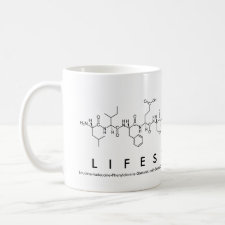
Authors: Qu Y, Qin L, Guo MC, Liu XG, Yang YZ
Article Title: Multilayered molecularly imprinted composite membrane based on porous carbon nanospheres/pDA cooperative structure for selective adsorption and separation of phenol.
Publication date: 2022
Journal: Separation and Purification Technology
Volume: 280
Article Number: 119915.
DOI: 10.1016/j.seppur.2021.119915
Alternative URL: https://www.sciencedirect.com/science/article/pii/S1383586621016221
Abstract: Molecularly imprinted composite membrane (MIM) for selective separation of specific compound has broad applications for wastewater treatments. Herein, a multilayered molecularly imprinted composite membrane (m-MIM) with porous carbon nanospheres/polydopamine (pDA) cooperative structure was proposed to improve phenol selective adsorption efficiency. pDA layer was previously synthesized on the basal membrane to augment interfacial adhesion. Subsequently, carbon nanospheres were uniformly and firmly loaded on the double sides of pDA-modified membrane, whose active surface provided more distribution sites for imprinted cavities. The abundant hydroxyl and amino groups on pDA can enhance the hydrophilicity and imprinting activity of m-MIM, which promote mass transfer and adsorption. The characterizations including SEM, FTIR, XPS, and AFM confirmed the formation of cooperative structure on the basal membrane. The BET result show that the specific surface area of m-MIM was about 2.72 times that of basal membrane, and in term of hydrophilicity, water contact angle decreased from 46° (basal membrane) to 29° . Attributed to the abundant imprinted cavities, m-MIM acquired excellent adsorption capacity (51.40 mg g-1) and high permselectivity coefficients (more than 7.6). m-MIM remained stable adsorption capacity after nine cycles, which provides potential for water treatment and selective separation of specific substances. Mechanism of selective separation was unveiled by molecular simulation
Template and target information: phenol
Author keywords: molecularly imprinted membrane, Multilayered cooperative structure, Porous carbon nanospheres, Dopamine adhesion, Selective separation of phenol



Join the Society for Molecular Imprinting

New items RSS feed
Sign-up for e-mail updates:
Choose between receiving an occasional newsletter or more frequent e-mail alerts.
Click here to go to the sign-up page.
Is your name elemental or peptidic? Enter your name and find out by clicking either of the buttons below!
Other products you may like:
 MIPdatabase
MIPdatabase









